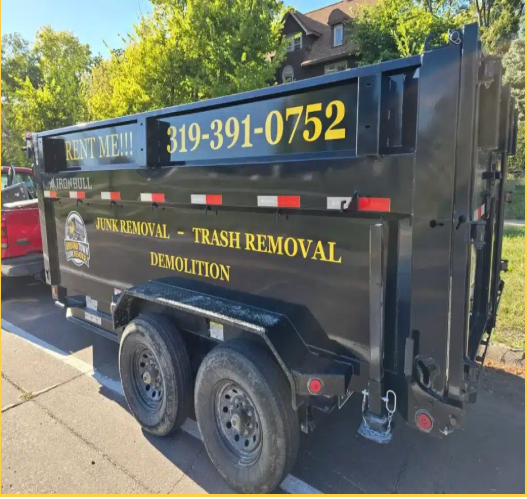How to Test and Adjust Your Potting Soil for Optimal Plant Health

A well-balanced potting soil for plants is essential for healthy and thriving plants. If your potting soil isn’t ideal, your plants might struggle to grow. Testing and adjusting your potting soil can make a big difference. In this guide, we will show you how to test and adjust your potting soil for seeds and established plants to ensure they have the best environment to flourish.
Understanding the Importance of Potting Soil
Potting soil is crucial because it provides plants with essential nutrients, water, and proper drainage. Quality potting soil helps plants grow strong and healthy. If the soil is too dense or lacks nutrients, plants may not thrive. Testing and adjusting your potting soil ensures it supports plant growth effectively.
Tip: Regular testing helps you maintain the right conditions for both seeds and mature plants.
-
Testing Your Potting Soil
Before making any adjustments, it’s important to test your potting soil to understand its current condition. Here are the key aspects to test:
Soil pH
Soil pH measures how acidic or alkaline your potting soil is. Most plants prefer a pH between 6.0 and 7.0. You can test soil pH using a simple pH meter or a test kit from a garden store.
Tip: Some plants, like blueberries, require more acidic soil, while others, like vegetables, thrive in neutral or slightly alkaline soil.
Soil Moisture
Check the moisture level of your potting soil. It should be evenly moist but not soggy. Too much moisture can lead to root rot, while too little can cause drought stress. You can use a moisture meter or simply stick your finger into the soil to check.
Tip: Proper moisture is especially important for potting soil for seeds as they need consistent moisture for germination.
Soil Texture
The texture of potting soil affects how well it drains and retains water. A good potting mix should be loose and crumbly, not compacted. Mixes with perlite or vermiculite provide good aeration and drainage.
Tip: If your potting soil feels heavy and dense, it might need some adjustment to improve aeration.
-
Adjusting Your Potting Soil
Once you have tested your potting soil, you may need to make some adjustments to create the ideal growing conditions. Here’s how:
Adjusting Soil pH
If your soil pH is too high (alkaline), you can lower it by adding organic materials like composted leaves or pine needles. If it’s too low (acidic), you can raise it by adding lime. Follow the instructions on the pH adjustment products and test the soil regularly until you reach the desired pH.
Tip: For potting soil for seeds, maintaining the right pH is crucial for seedling success.
Improving Soil Moisture
To adjust soil moisture, you can add materials to improve water retention or drainage. If the soil is too wet, mix in some perlite or sand to increase drainage. If it’s too dry, add organic matter like compost to help retain moisture.
Tip: For container plants, ensure that your potting soil has good drainage to prevent water from sitting at the bottom.
Enhancing Soil Texture
To improve the texture of dense potting soil, incorporate materials like perlite, vermiculite, or coarse sand. These additives help create air pockets in the soil, improving drainage and aeration. Mix thoroughly to ensure even distribution.
Tip: A well-textured soil mix helps roots access oxygen and nutrients more effectively.
-
Regular Maintenance and Monitoring
After adjusting your potting soil, continue to monitor its condition. Regular testing for pH and moisture helps you make timely adjustments. Also, observe your plants for signs of stress or poor growth, which might indicate further soil issues.
Tip: Keep a gardening journal to track changes in soil condition and plant health over time.
-
Choosing the Right Potting Soil for Different Plants
When buying potting soil, select a mix that suits your plants’ specific needs. For instance, potting soil for seeds should be light and well-draining, while potting soil for established plants may need more organic matter and nutrients.
Tip: Check the label of the potting soil for information on its intended use and ingredients.
Takeaways
Testing and adjusting your potting soil for plants is essential for creating the best environment for your garden. By regularly checking soil pH, moisture, and texture, and making necessary adjustments, you can ensure that your plants receive the optimal conditions for growth. Whether you are working with potting soil for seeds or mature plants, maintaining high-quality soil contributes significantly to a thriving garden.






